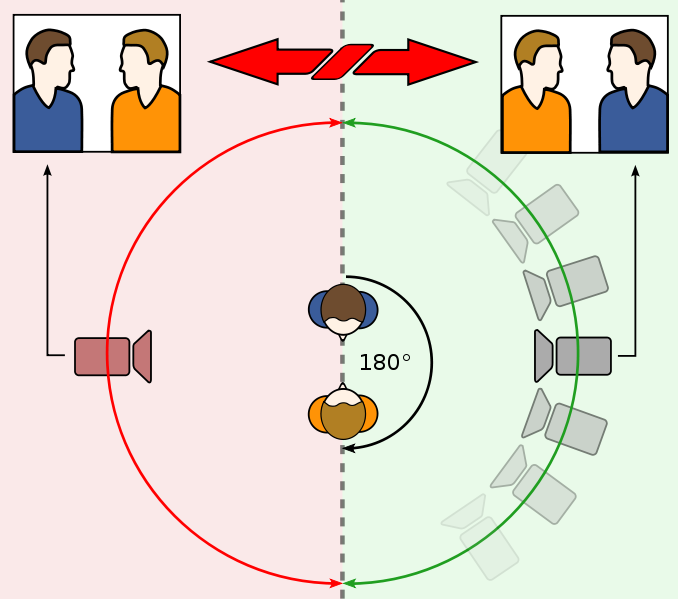
In class we analysed the opening sequence of the crime thriller film- 'Seven' (1995)
It was directed by David Fincher and stars Brad Pitt, Morgan Freeman and Gwyneth Paltrow,
and is about two detectives hunting for a serial killer, who's murders are based on the Seven Deadly Sins.
The opening sequence contained various shot types, for example the close up on Morgan Freeman's tie, which gives an impression about who he is; a tie suggests the formality of a detective. There is also alot of panning, for example of the body and of the detectives face. This builds interest because it makes us want to see what is going to be revealed to us. Furthermore, the use of tracking is also effective because it makes us feel like part of the scene and involved.
It doesn't seem like a typical thriller opening, because there's not a lot of suspense built; it's more naturalistic. The sounds are non-diegetic, and it's always raining, which creates a dull mood and so does the dim lighting. The rain can also symbolise the washing away of evidence. Objects are very neatly placed in the detectives room, which suggests good organisation and that he takes his job very seriously.

 If the camera passes the axis, this breaks the 180 degree rule and a new shot is created called the 'reverse angle'. This would cause the left-right relationship between two characters in the scene, to change- so referring to the picture above, the person in orange who originally appeared to be on the right, would then change to be on the left. In class, Allison used the example of a football match to help us understand- when a match is being filmed the camera must stay on one side of the pitch, in order to stick to the 180 degree rule. If the camera doesn't, and passes the imaginary axis by switching sides, then the team that appeared to be shooting to the left, would then look like they were shooting to the right, and this would confuse the audience. In a film, it would also be confusing and would mean a lack of continuity, and proffessionalism.
If the camera passes the axis, this breaks the 180 degree rule and a new shot is created called the 'reverse angle'. This would cause the left-right relationship between two characters in the scene, to change- so referring to the picture above, the person in orange who originally appeared to be on the right, would then change to be on the left. In class, Allison used the example of a football match to help us understand- when a match is being filmed the camera must stay on one side of the pitch, in order to stick to the 180 degree rule. If the camera doesn't, and passes the imaginary axis by switching sides, then the team that appeared to be shooting to the left, would then look like they were shooting to the right, and this would confuse the audience. In a film, it would also be confusing and would mean a lack of continuity, and proffessionalism. 
